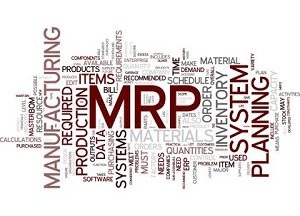
What is standing behind the MRP II systems? The question is about the manufacturing resource planning. The issue comprises special software for various segments of manufacturing companies, including material requirements planning, purchasing, capacity planning, inventory, shop floor scheduling, accounting and customer order entry. The MRP II systems are known to have both – advantages and disadvantages. As for the “pluses”, one may point to the automation and standardization of business processes leading to enhancement in cost control as well as revenue. When the question is about disadvantages, the issues are related to the misunderstanding of the limitations and impact of MRP II Systems.
- Advantages
The MRP II is a useful tool, the main function of which is to standardize all the business processes through providing automated methods for various business segments. Standardization leads to the processes that are easily repeated as well as a platform that gives an opportunity to improve all those processes. The point is that the organization that successfully implements MRP II for the first time faces with a range of troubles regarding controlling the process of controlling the increase in transactions in purchasing, manufacturing and selling associated with growth. Besides, the MRP II systems provide the employees with an opportunity to do more and, as a result, to have a clearer visibility of information for their businesses. All the advancements in the way all the work is performed enable the company to become more competitive.
- Disadvantages
When it comes to the disadvantages of the MRP II, one should mention the fact that the implementation of the MRP II systems requires information to be accurate. In case poor quantity info is applied either in the bill of material module or the inventory segment, this will result in automated planning processes errors. The planning modules use averages for length of particular time to manufacture (lead times) or purchase and for quantities that are usually purchased regarding the purchase order or manufactured on a work order (usually known as “lot sizes”.) In case there is variability regarding the actual lot sizes produced or bought and the lead times then the planning software won’t generate plans that go with what is actually happening. The whole point is that the lack of understanding and poor information on the lot sizes and lead times average impact can cause costly reimplementation and implementation failure.
When the question is about the implementation of the MRP II systems, one should take into consideration the sequence of implementation of the MRP II systems software modules and the organization tolerance for the business processes adopting changes. As a rule, the MRP II systems are implemented in various phases allowing for a period of proving the system will function before proceeding further. The components of the first phase can be the following: purchasing, inventory and accounting. Among the other phases one can mention customer order entry, material requirements planning and shop floor control. One must remember that every module requests information and data that may be created within the system for the first time, what means it is highly important to take care of in what way information is defined and stored up to date.